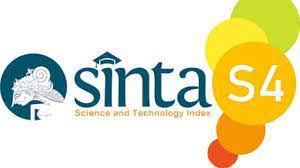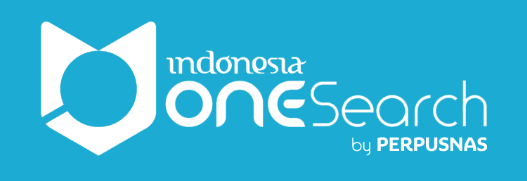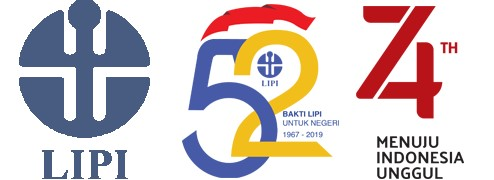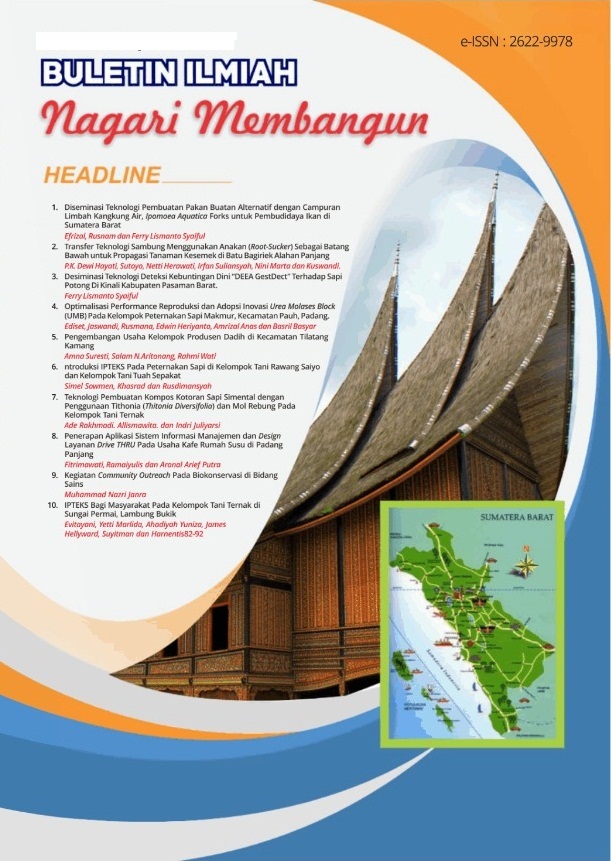KOMUNIKASI BAHAYA DAN EDUKASI BUDAYA K3 PADA PEKERJA INDUSTRI MEBEL KAYU DI KOTA PAYAKUMBUH
Abstract
The source of Occupational health and safety (OHS) hazards to wood furniture workers was from wood dust and chemicals such as various types of paint, organic solvents, and wood glue. The safe and healthy work culture and hazard communication were largely not well implemented in this informal sector. As a result, occupational diseases appear in workers. The interview result of 4 former employees, their stop working reason related to respiratory problems such as blood vomiting, long time coughing, weight lose day by day, and frequent hard to breath. So that, they could not able to return to work in this factory because symptoms and diseases could reappear when exposed to factory hazards. So that, communication and education activities were carried out to find out the types of hazards and risks of workers’ safety and health. The activity was performed in three stages, starting with an initial survey to identify overall hazards and risks in the workplace. The next stage provided hazard communication with education method. Communication materials related to the identification of hazards and risks in the workplace, how to read material safety data sheets (MSDS), use of personal protective equipment, etc. From the results was known that there was an increase in workers' knowledge. This could be seen from increasingly 22.25 points (28%) the average result value of participant answers the questions at post-test activity than pre-test. Pre-test average points was 57 points and after the implementation of communication, the average score of participants rose to 79.25. The last stage of the activity was an evaluation. It held two months later to find out the implementation of the previous communication. From the monitoring results was known still few workers who had willing to apply the results of education, especially to use of personal protective equipment (PPE) during work. For that, it is recommended that the employer be able budgeting the funds to purchase the comfortable safety equipment and required workers to use them while working.
Downloads
References
Anshori, M. 2019. Sektor Riil - Industri Furnitur Berbasis Padat Karya dan Orientasi Ekspor | Neraca.co.id. Harian Ekonomi Neraca. https://www.neraca.co.id/article/114118/sektor-riil-industri-furnitur-berbasis-padat-karya-dan-orientasi-ekspor
Badan Pusat Statistik. 2018. Keadaaan Angkatan Kerja di Indonesia Agustus 2018. Badan Pusat Statistik
BPS Sumbar. 2022. Keadaan Ketenagakerjaan Sumatera Barat Februari 2022. In Badan Pusat Statistik Sumatera Barat (Issue BRS-No.29/05/13/Th.XXV).
Caesar, D. L., Sholikhah, F., & Mubaroq, M. H. 2023. Analisis potensi dan penilaian risiko bahaya lingkungan kerja di perusahaan furniture jepara. Environmental Occupational Health and Safety Journal, 3(2), 103.
Indarti, R., & Soeswanto, B. 2017. Pemanfaatan limbah pelarut organik industri cat. Polban, 3(1), 56–62.
Indrayani, R., Syamila, A. I., Permatasari, E. R., Katsiiroh, A. Q., Aulia, M. A., & Nurvita, A. R. 2022. Upaya pengendalian administratif bahaya pelarut organik (organic solvent) pada industri sektor informal. Indonesia Journal of Community Empowerment for Health, 1(2), 75–84. https://doi.org/10.19184/abdimayuda.v
Johnson, A. T. 2016. Respirator masks protect health but impact performance: a review. Journal of Biological Engineering, 10, 4. https://doi.org/10.1186/s13036-016-0025-4
OSHA Standard Interpretation - The Purpose of Material Safety Data Sheets. 2020. https://www.osha.gov/laws-regs/standardinterpretations/1995-01-25-0#:~:text=Employers and employees need the,and injuries in the workplace.
Sumiarsa, D., Maharani, R., & Zainuddin, A. 2019. Sosialisasi bahan berbahaya dan beracun (B3) di Desa Cileles, Jatinangor, Sumedang, Jawa Barat. Jurnal Pengabdian Kepada Masyarakat, 3(6), 145–147. https://jurnal.unpad.ac.id/pkm/article/view/25416/13169
Tcharkhtchi, A., Abbasnezhad, N., Zarbini Seydani, M., Zirak, N., Farzaneh, S., & Shirinbayan, M. 2021. An overview of filtration efficiency through the masks: Mechanisms of the aerosols penetration. Bioactive Materials, 6(1), 106–122. https://doi.org/10.1016/j.bioactmat.2020.08.002





















